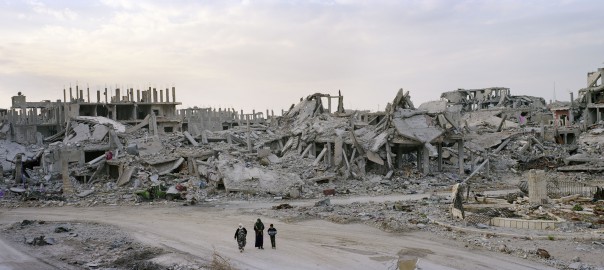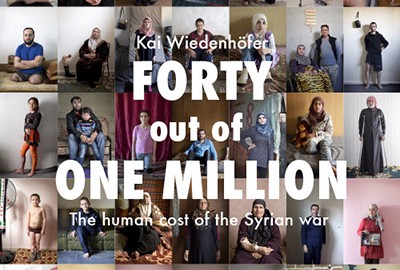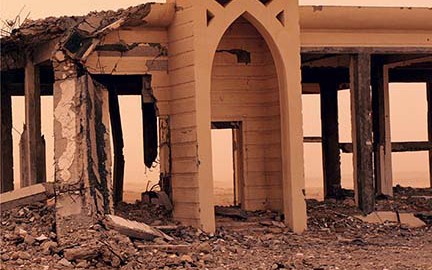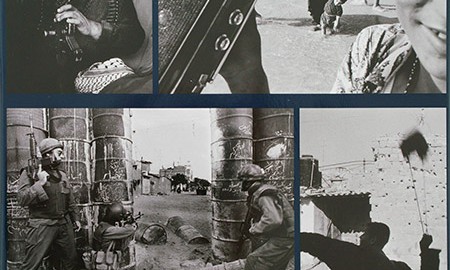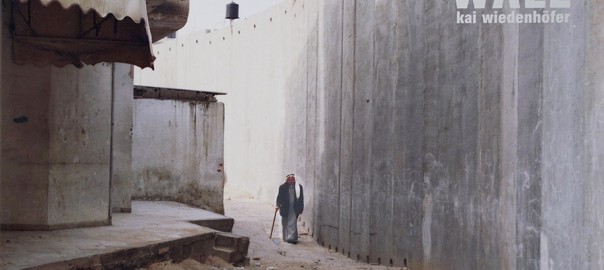In March 2015, I visited Kobane, which was leveled to about 60 per cent in five months of intensive fighting between the Islamic State and Kurdish militia, the latter heavily supported by the American Air Force. Again my aim is to show the aftermath of the fighting – livelyhoods are destroyed in milliseconds, to rebuild them takes years. The fate of Kobane stands as an example for other Syrian cities like Aleppo or Homs. The strategic value of Kobane is zero. It fell into ruins because it became a symbol – the fight between Good against Evil. Nevertheless, stumbling through the debris and human remains for 12 days makes these notions fade away. Only a big disbelief stays about what human beings are capable of – not difficult to imagine what a lot of European cities looked after WWII. The ignorance about the conflict in Syria starts to disappear after dead refugees are washed up on our shores – decisive political action by the international community with a clear threat of military force is badly needed to bring the conflict at least to a standstill.
